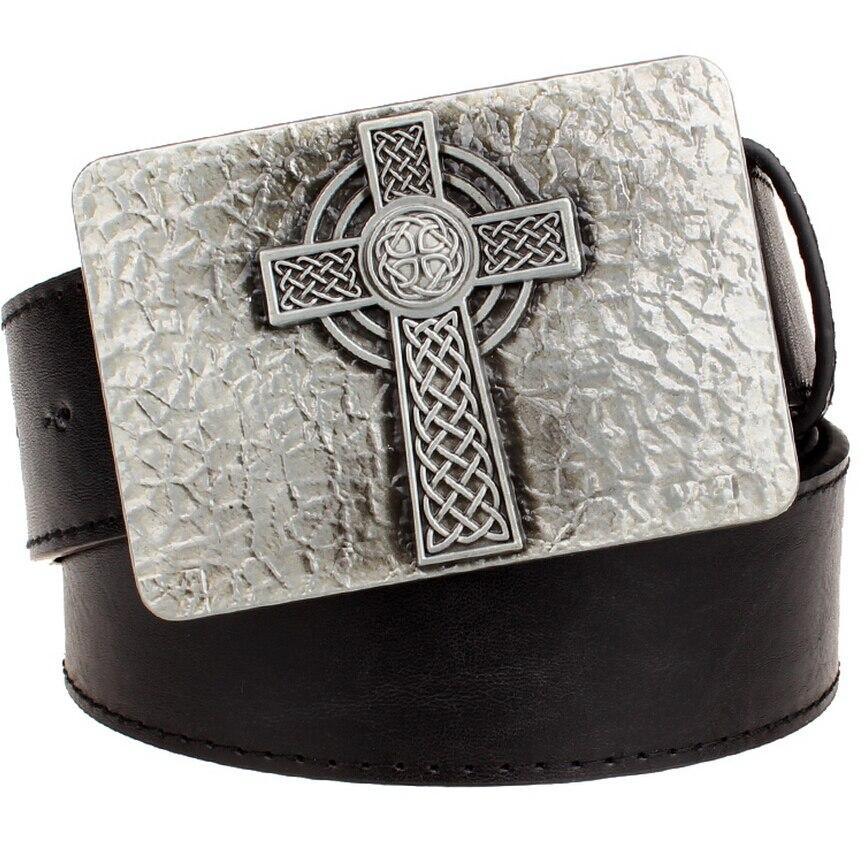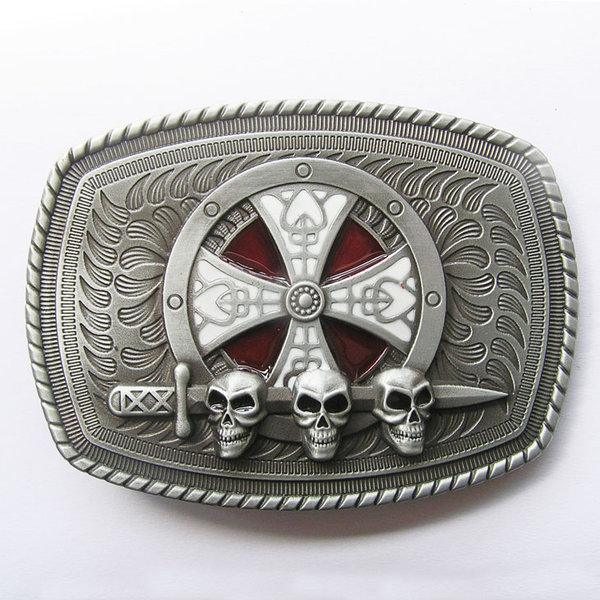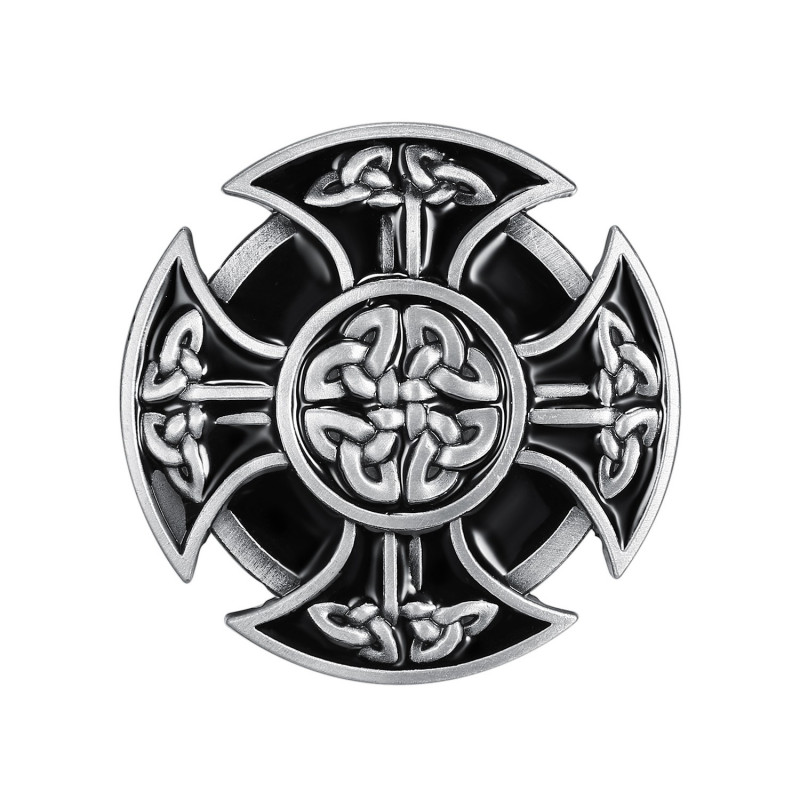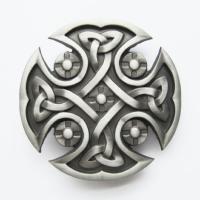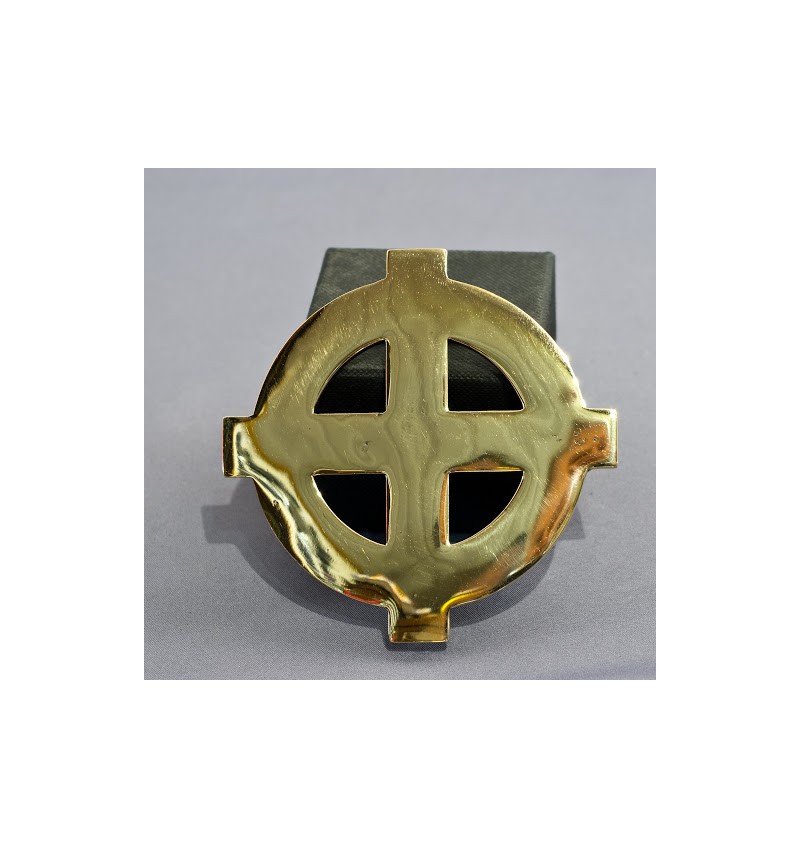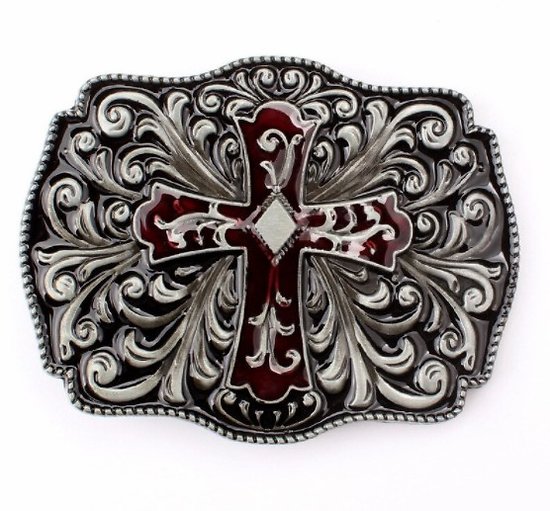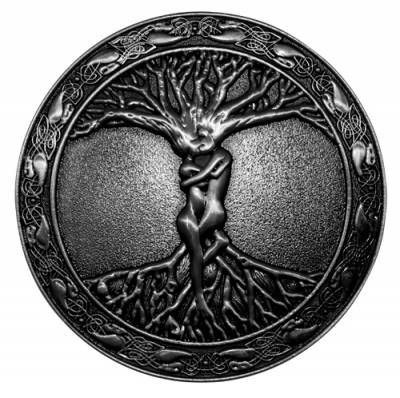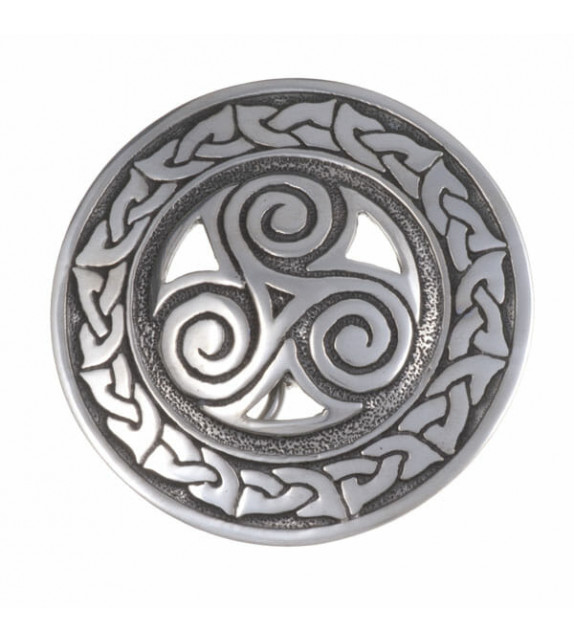
Vintage Bronze Rectangle Croix Celtique Noeud de ceinture Stock in US, Couleur Plaqué Bronze Antique., Taille unique : Amazon.com.be: Mode

Vintage Bronze Rectangle Croix Celtique Noeud de ceinture Stock in US, Couleur Plaqué Bronze Antique., Taille unique : Amazon.com.be: Mode

Boucle de ceinture vintage en forme de croix celtique avec émail, Argent vieilli : Amazon.com.be: Mode

Boucle de ceinture vintage en forme de croix celtique avec émail, Argent vieilli : Amazon.com.be: Mode
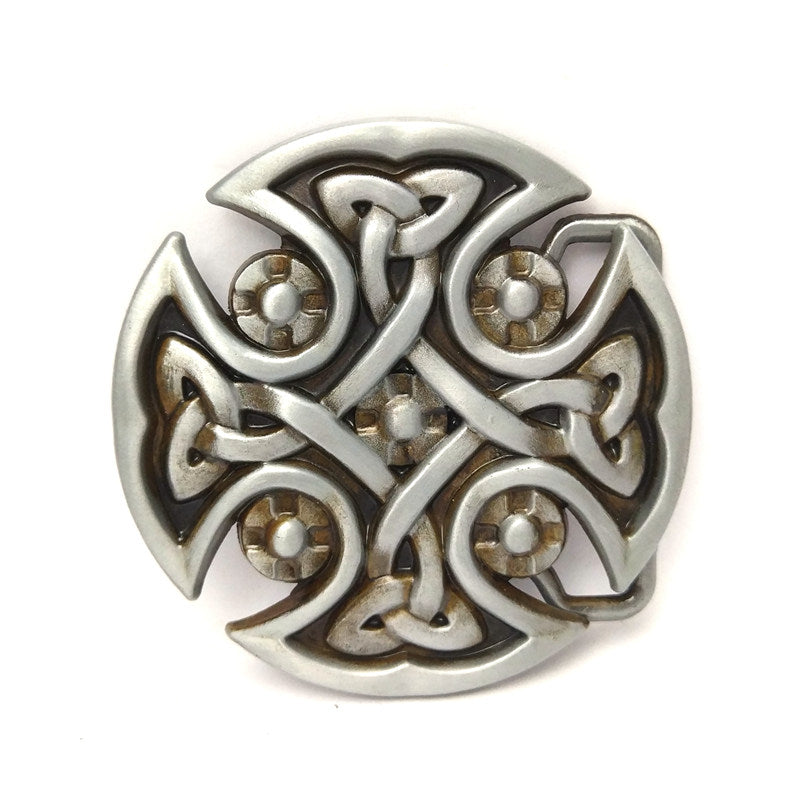
Boucle de ceinture -ceinturon -style - celtique - médiéval-Celtes-rond | www.boucles-et-ceintures.fr

Boucle de ceinture vintage en forme de croix celtique avec émail, Argent vieilli : Amazon.com.be: Mode

Vintage Bronze Rectangle Croix Celtique Noeud de ceinture Stock in US, Couleur Plaqué Bronze Antique., Taille unique : Amazon.com.be: Mode

Boucle de ceinture vintage en forme de croix celtique avec émail, Argent vieilli : Amazon.com.be: Mode

